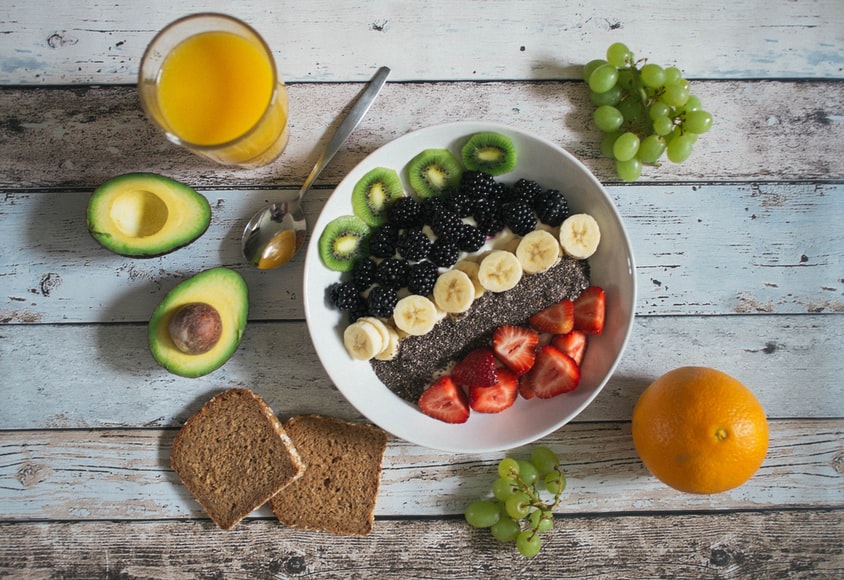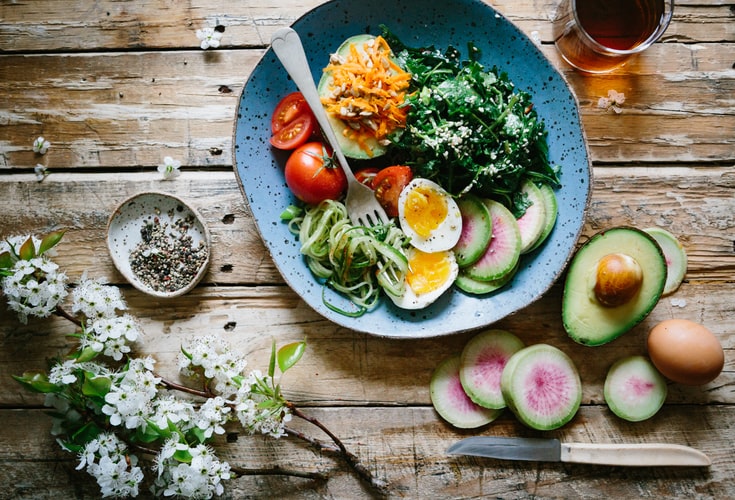Healthy eating refers to eating a wide variety of healthy foods which provide you with all the nutrients that you require to keep your body healthy, feeling good, and possess energy to move around. These nutrients are carbohydrates, protein, fats, water, vitamins, and other minerals. In simple terms, healthy eating is all about getting the right amount of the right kinds of nutrients in the right amounts in your food. It also entails making sure you avoid getting too much of anything, including calories.
Nutrition Guidance
If you have ever read the labels on a food product, or compared food side-by-side at a grocery store or supermarket, then you know how confusing it can be trying to determine whether or not it contains the vitamins and minerals you need. This is why it’s a really good idea to bring along a handheld nutritional analyzer or testing kit. The nutritional content of food items will display right next to the food’s nutritional value listed on the product’s label. That way, you don’t have to guess and pour over nutritional information on a tablet or other item.
A healthy eating routine begins with fruits, vegetables, and nuts. Try picking a few fruits that you like and start simple with them. For instance, if you like carrots, try picking one type at a time from your garden. When picking out vegetables, keep in mind that they are either red, yellow, or green in color and have two main characteristics: they should be soft and/or colourful and they should have little or no starch. Some vegetables are easier to eat whole, such as green beans; others, such as zucchini, are easier to chop up and make into a salad.

Making Healthy Meals And Recipes
Get plenty of fibre! One of the easiest ways to get more fibre is to eat whole grains, which have carbohydrates mixed in with the fibre, such as oatmeal. They have fewer calories and less fat than refined or processed grains, and they also provide more nutrients. Choose brown rice instead of white, which is higher in both vitamins and minerals, but lower in calories. Choose baked, rather than fried, vegetables. Make sure to mix the protein source (such as eggs) with the fibre to make it more complete.

Once you’ve got your fruits and vegetables, it’s time to add a little variety. Try mixing in one or two new foods every week. It can be a new food such as a vegetable or a legume, or it can be something you’ve been eating all along, but haven’t included in your diet often enough. When choosing a new food, remember that spices and some high-fat ingredients may overwhelm the taste of the food you’re trying to eat. Start small by adding a small amount of that new food every week until you find a happy medium.
Finally, make sure you get enough water each day. You can choose from many different kinds of filtered or clean drinking water, but the most healthful are spring or filtered water, pure or filtered water, or filtered tea. Water is an essential nutrient, so it’s especially important that you drink the right amount each day to stay healthy. Drinking the right amount of water helps you control your weight, keeps your energy level high, lubricates your joints, maintains a healthy skin tone, and makes you feel better.

Sophie Langford is a writer and parenting advocate who specializes in creating supportive content for families. Her work focuses on practical parenting tips, child development, and navigating the challenges of modern family life. Sophie is dedicated to providing informative articles that help parents make informed decisions with confidence.


